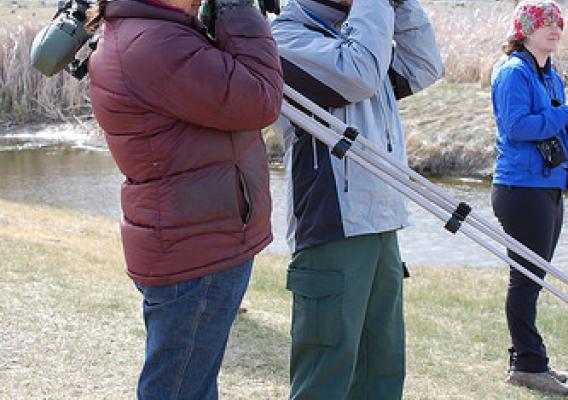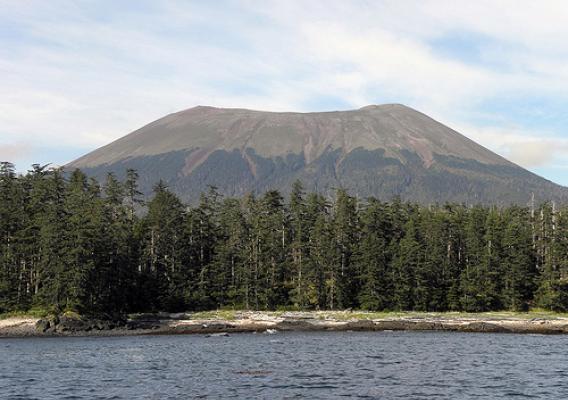In rural communities across the country, USDA Rural Development is bringing new energy efficiency and cost saving opportunities to Indian Country.
Choggiung Limited, a Native American Corporation in southwest Alaska, received a $20,000 energy assistance grant from USDA Rural Development to install a wind turbine at the courthouse in Dillingham – a Native-owned building and leased to the state – that has reduced its energy costs by 80 percent and is saving Choggiung about $20,000 a year. Choggiung is a for-profit Native corporation serving Tribal residents in Dillingham, Ekuk, and Portage Creek, Alaska. “This wind turbine marks a new approach to sustainable business management and renewable energy in Dillingham,” Choggiung CEO Doug Calaway said.
In the southwest, USDA awarded the Arizona-based Navajo Tribal Utility Authority a $100,000 grant to conduct energy audits that helped farmers, ranchers, and small business owners across the Navajo Nation make their operations more energy efficient and economical.









